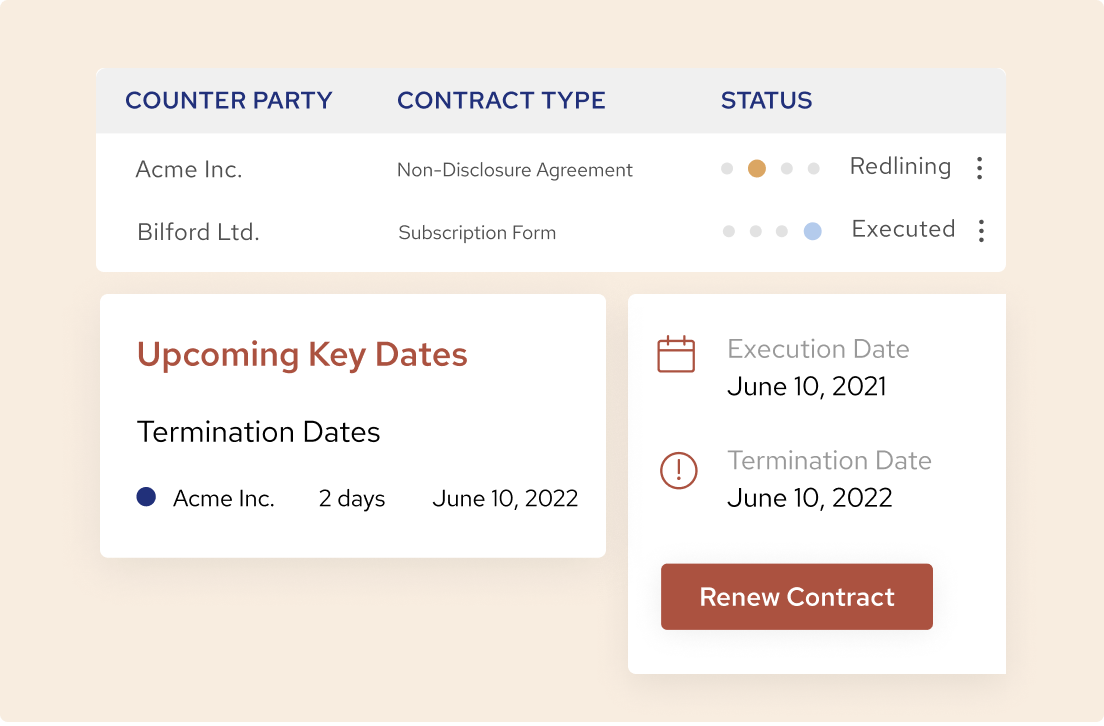Taming the Contract Chaos: My Journey with ERP Supplier Contract Tracking
You know that feeling, right? The one where you’re buried under a mountain of paperwork, deadlines are looming, and you’re pretty sure you saw a contract for a critical supplier somewhere on your desk, but now it’s gone? Or worse, you think you’ve got it, but then realize it expired last month, and your operations are about to grind to a halt.
Yeah, I’ve been there. For years, managing our supplier contracts felt like a never-ending game of hide-and-seek, played with high stakes. Our business was growing, which was fantastic, but with growth came more suppliers, more agreements, and exponentially more headaches. Our "system" – a chaotic mix of shared drives, individual email inboxes, and a spreadsheet that looked like it had survived a data apocalypse – was simply unsustainable.
Then, I stumbled upon a phrase that would change everything: ERP Supplier Contract Tracking. At first, it sounded like just another piece of corporate jargon. But as I dug deeper, I realized it wasn’t just a tool; it was the promise of peace of mind. And let me tell you, it delivered.
What Exactly Is ERP Supplier Contract Tracking? My "Aha!" Moment
Before we dive into my journey, let’s break down what this fancy term actually means, in plain English.
Imagine your entire business running on one central brain – that’s your Enterprise Resource Planning (ERP) system. It handles everything from inventory and sales to finance and human resources. Now, imagine a specialized part of that brain specifically designed to manage every single agreement you have with your suppliers. That’s ERP Supplier Contract Tracking.
It’s not just a digital filing cabinet. Oh no, it’s far more sophisticated. It’s a system that:
- Stores all your contracts digitally in one secure place.
- Tracks key dates like start and end dates, renewal options, and payment schedules.
- Monitors compliance and performance against contract terms.
- Automates alerts and reminders so you never miss a critical deadline again.
- Provides a clear, auditable history of every interaction and change related to a contract.
For a beginner, think of it as your super-organized personal assistant who knows every detail of every agreement, never forgets anything, and proactively tells you what you need to do next. My "aha!" moment came when I realized this wasn’t just about finding contracts; it was about managing them strategically.
The "Before" – My Contract Chaos Confessions
Let me paint a picture of our old world. It was a dark, confusing place.
- The Spreadsheet Nightmare: Our primary tool was a master Excel sheet. It was constantly outdated, prone to manual errors, and had so many versions floating around, no one knew which was the "truth." Someone would update it, forget to save, or save over someone else’s changes. It was a recipe for disaster. We spent more time trying to reconcile data than actually using it.
- Lost in the Digital Wilderness (and Physical Piles): We had contracts saved in various folders on a shared network drive, in individual employee hard drives, and, yes, still in physical binders. When a manager left, their contracts often disappeared with them, creating huge gaps in our knowledge base. Finding a specific clause in an urgent situation felt like searching for a needle in a digital haystack.
- The Dreaded Missed Renewal: This was probably our biggest pain point. We’d routinely miss renewal deadlines, leading to two equally terrible outcomes:
- Automatic Renewals at Unfavorable Terms: Some contracts would silently renew, locking us into old prices or services we no longer needed, simply because we forgot to give notice. We were literally throwing money away.
- Sudden Service Interruptions: For critical suppliers, a missed expiration meant a sudden halt in service or supply, causing operational chaos, angry customers, and a mad scramble to negotiate a new, often rushed and expensive, agreement.
- No Visibility, No Control: We had no clear overview of our total contract spend, our key contract terms across different suppliers, or even who was responsible for what. How could we negotiate better deals if we didn’t know the full picture? Our supplier relationship management was reactive, not proactive.
- Compliance Worries: In today’s regulatory environment, compliance is non-negotiable. Without a proper system, proving we were adhering to terms, or even knowing what those terms were, became a constant source of anxiety. Audits were terrifying.

